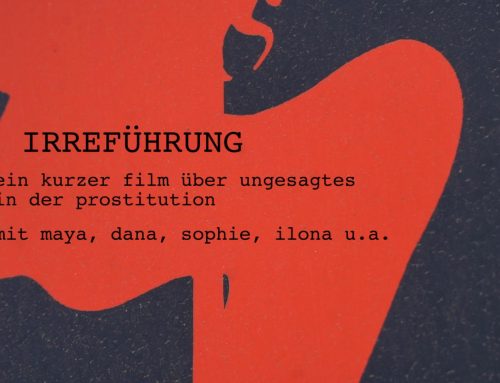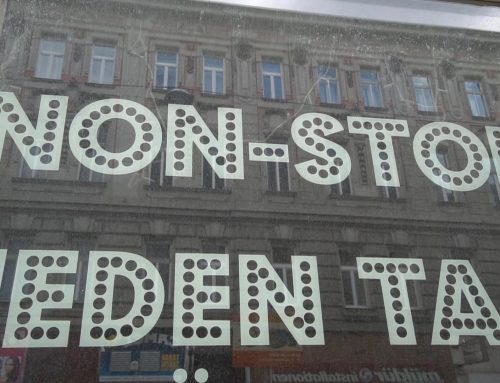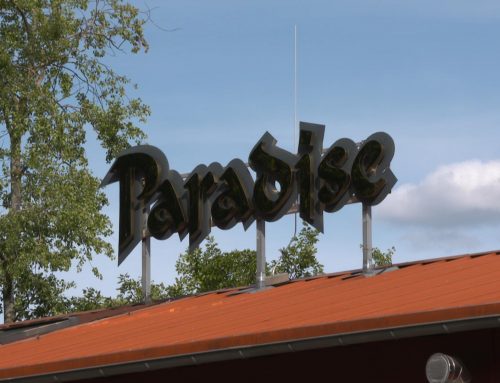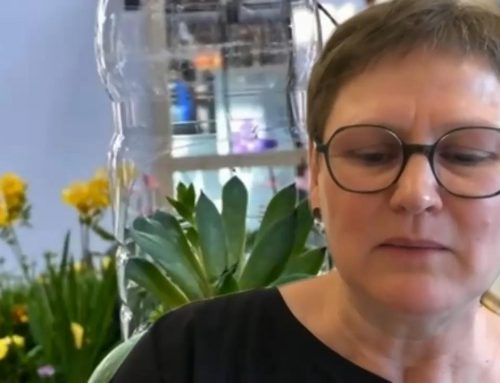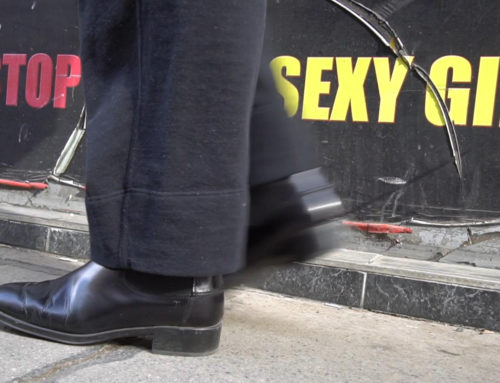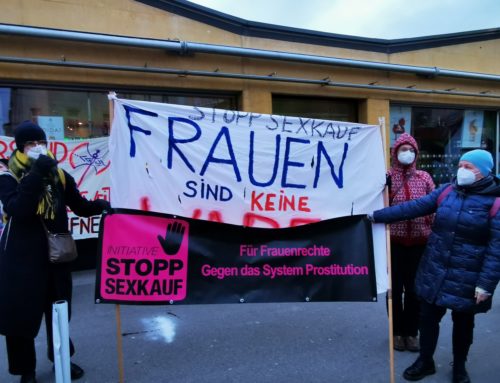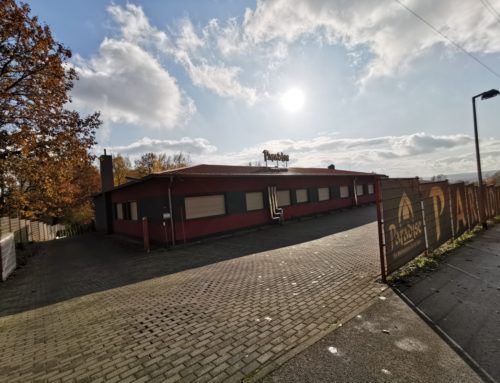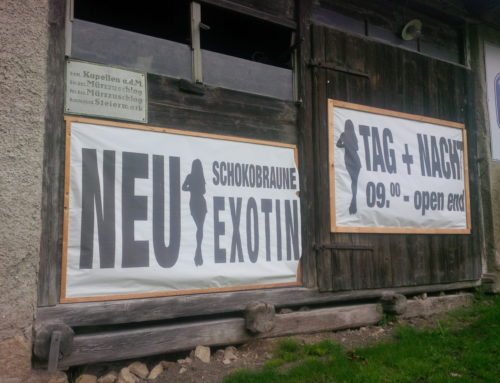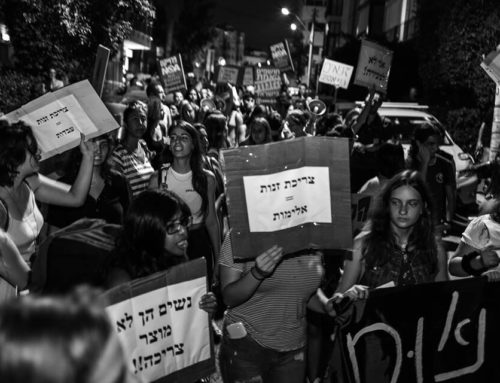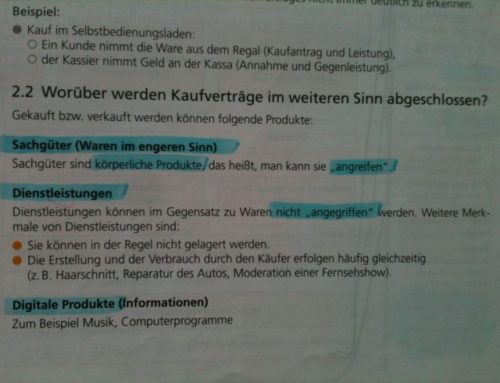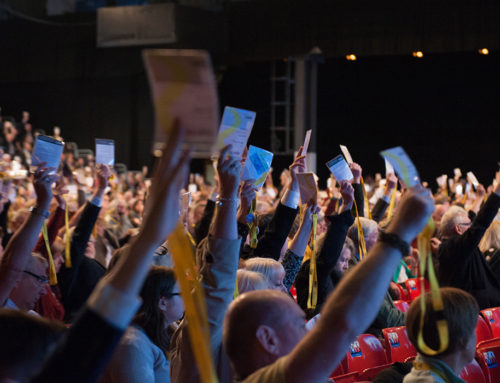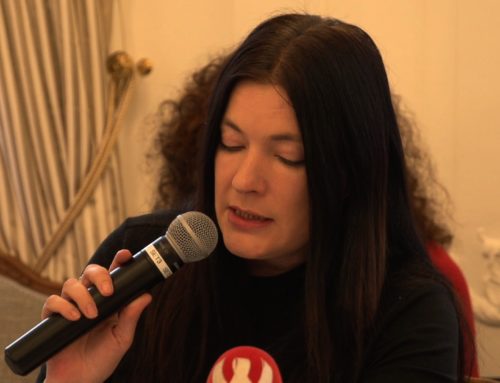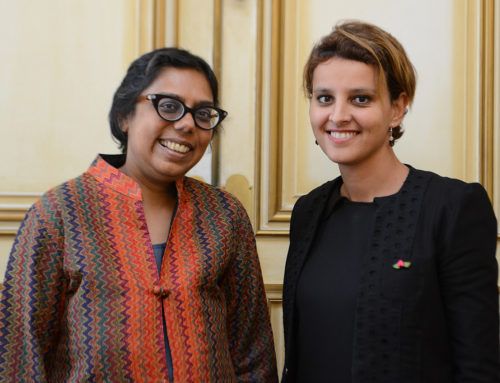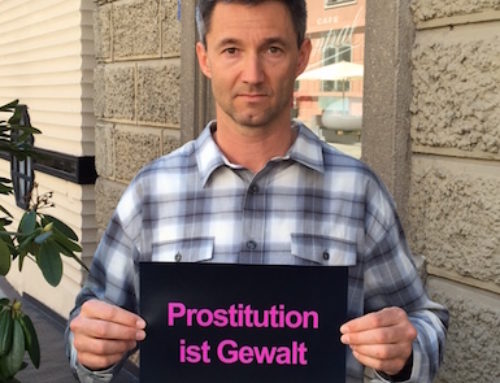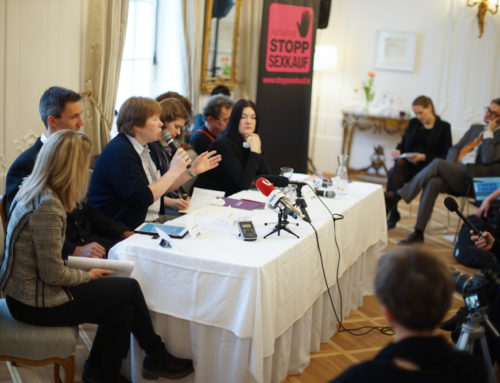Sabine Kallauch vom Verein KAVOD, ganzheitliche Hilfe für Betroffene von sexueller Ausbeutung in Wien, hat in 18 Europäischen Ländern ExpertInnen von 63 Organisationen interviewt, die mit Menschen in der Prostitution und Betroffenen von Menschenhandel arbeiten.
Der 2019 fertig gestellte Research mit dem Titel PEOPLE IN PROSTITUTION – Preliminary findings from practitioner-led research, umfasst drei Teile. Im ersten Teil stellen sich die Organisationen detailliert vor. Im zweiten Teil geht es um die Situation der Menschen in der Prostitution und im letzten Teil wird festgestellt, wie die Organisationen die Umsetzung der Prostitution-Gesetze in ihrem Land erleben. Zusammenfassend kann gesagt werden, dass der Research die reellen Lebensumstände der Menschen in der Prostitution benennt – wie etwa, dass die Prostitution dazu dient, um die Familie im Herkunftsland (in den meisten Fällen ist das Rumänien) zu unterstützen. Hinweise auf Menschenhandel und Gewaltanwendung werden von den NGOs klar identifiziert. Die Autorin des Research kommt zum Schluss, dass das ‚Nordische Modell‘ die derzeit einzige Möglichkeit ist, den ausgebeuteten Menschen in der Prostitution ihre Würde zurück zu geben und ihnen einen Ausstieg zu ermöglichen.
Abstract in English of the research PEOPLE IN PROSTITUTION
The most common form of human trafficking in Europe is sexual exploitation, comprising 79% of human trafficking cases (European Commission, 2018). This study aimed to explore the types of services and motivations held by European anti-trafficking organisations.This research collected input from 63 NGOs from 18 European countries that work withpeople in prostitution/human trafficking. The main reason for this research is to develop a better functioning network among stakeholders and to gain a better understanding of the people they are working with. The general experience is that the network of the trafficker functions very well nationally and across borders. The aim of the researcher was to give these organisations a voice. The term “people in prostitution” is used to show the holistic approach preferred by the researcher and also the participants in the study. Thirty-two organisations regularly engage in street work or go into brothels and night clubs. Twenty-nine of them run shelters and five offer different aftercare programmes throughout Europe in the effort to fight human trafficking more effectively. The research analyses the work and activities of the diverse groups and exposes best practice models. A further section of the paper is devoted to people in prostitution themselves, where they come from, where they have been before, whether they have children, and examines a range of indicators for risk in their lives. This is followed by various aspects regarding shelter, reasons for entry into a shelter, length of stay and reasons for premature departure, and so on. Also factors that favour an integration back into society are considered. The research includes a comparative study of the implementation of prostitution law in the different countries. In Europe there are four models of prostitution laws: self-employed prostitution, legal prostitution, illegal prostitution and the so-called Nordic Model. The final section of the paper presents a discussion of the Nordic Model.
Research zum Download

